
5 minute read
BIO_BOT
“Bio-Bot” or ecological machine hybrids, can be implemented in different site contexts, thresholds and environmental scenarios; foretelling necessary participatory intervention in urban nodes of environmental deterioration. Technology becomes the reparative system to define new psycho-ecological engagements between human participants, non-human species, local environmental conditions and their projections across temporal time frames. The real-time monitoring of data will allow for variability within the formal organisations of the eco-machines to become new adaptive ecologies rather than infill strategies in situ. The feedback cycle within this intervention raises ethical responsibility in the manufacturing, production and participatory care-taking of the bio-bots throughout the time frame of their environmental arbitration and material life cycle.
Biomaterial Formulation Ecological Machine Design Diffusion Limited Aggregation and Green Networks
Advertisement
Urban Anthropogenic activites have led to fragmentation of green ecological networks in the London Green Belt even further, leading to inadequacy in carbon capture and thermoregulation. Furthermore, augmentaion of synthetically built urban fabric contribute to the heat island effect leading to vexatious environment for the living species. Energy wastage in the form of Active cooling and heating contribute to heat generation as well. Untreated interstitial spaces and road networks contribute to 80 % of city’s noise and heat. These nuances lead to only one solution of generating a new technological green network that ties built fabric to the unbuilt fabric creating green tissue continuity with the green belt.
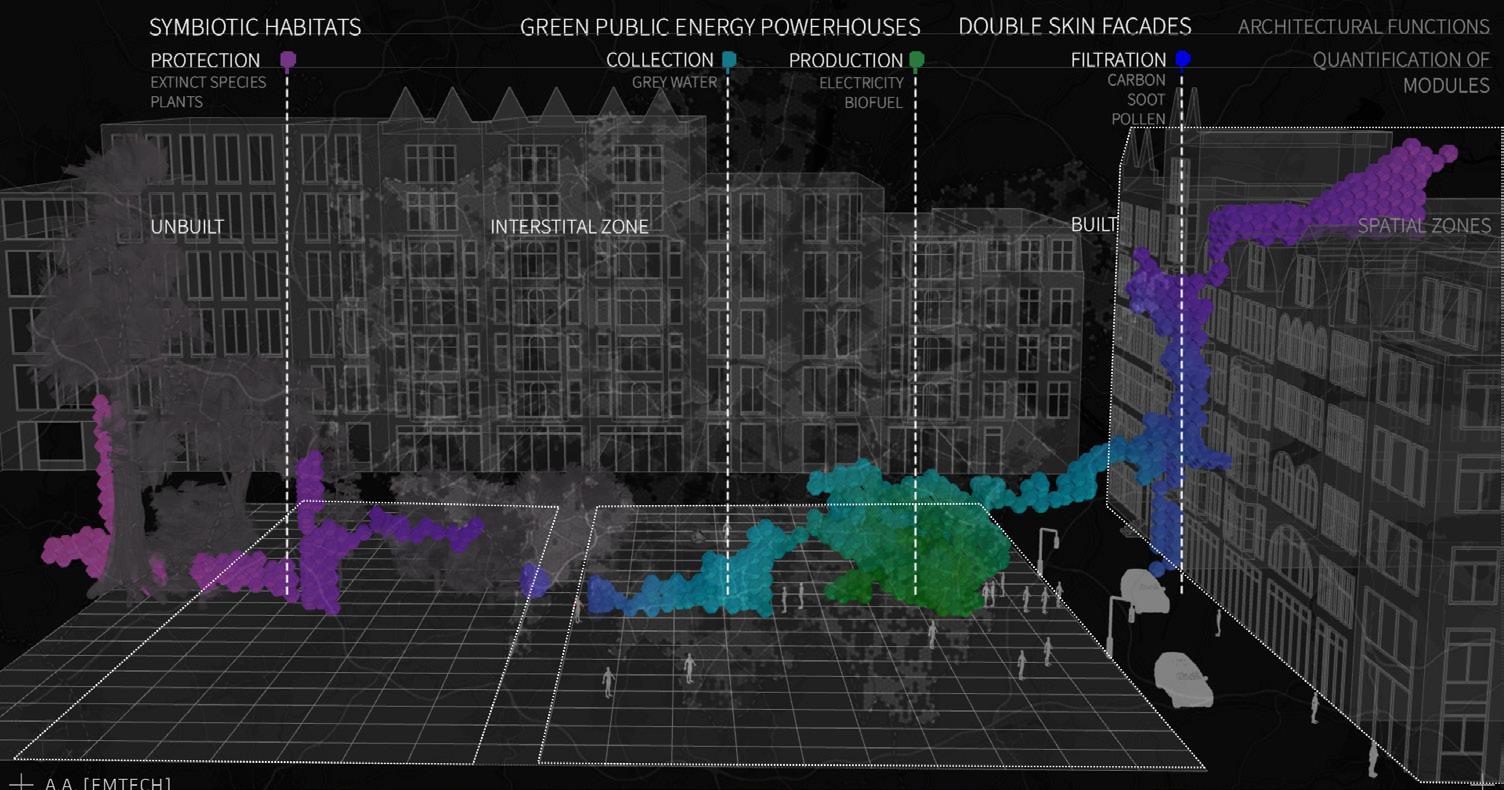
The most deteriorated node for intervention was identified as Soho from voxel weighting method. The new green network is proposed to be built of ecological machines termed as bio_bots. The biobots are deployable, made of timber structure and biomaterial, inbuilt with arduino to generate environmental adaptive response, catering to four functions that is Production of biofuel, Collection of heat, Protection of species, Filtration of Carbon and soot.With the help of Diffusion Limited Aggregation, a spatial morphological network of biobots is generated implemented as Filtration facades,Biofuel Production Pods, Horticultural Pods,in interstitial spaces and Habitation Pods in the Green Belt.
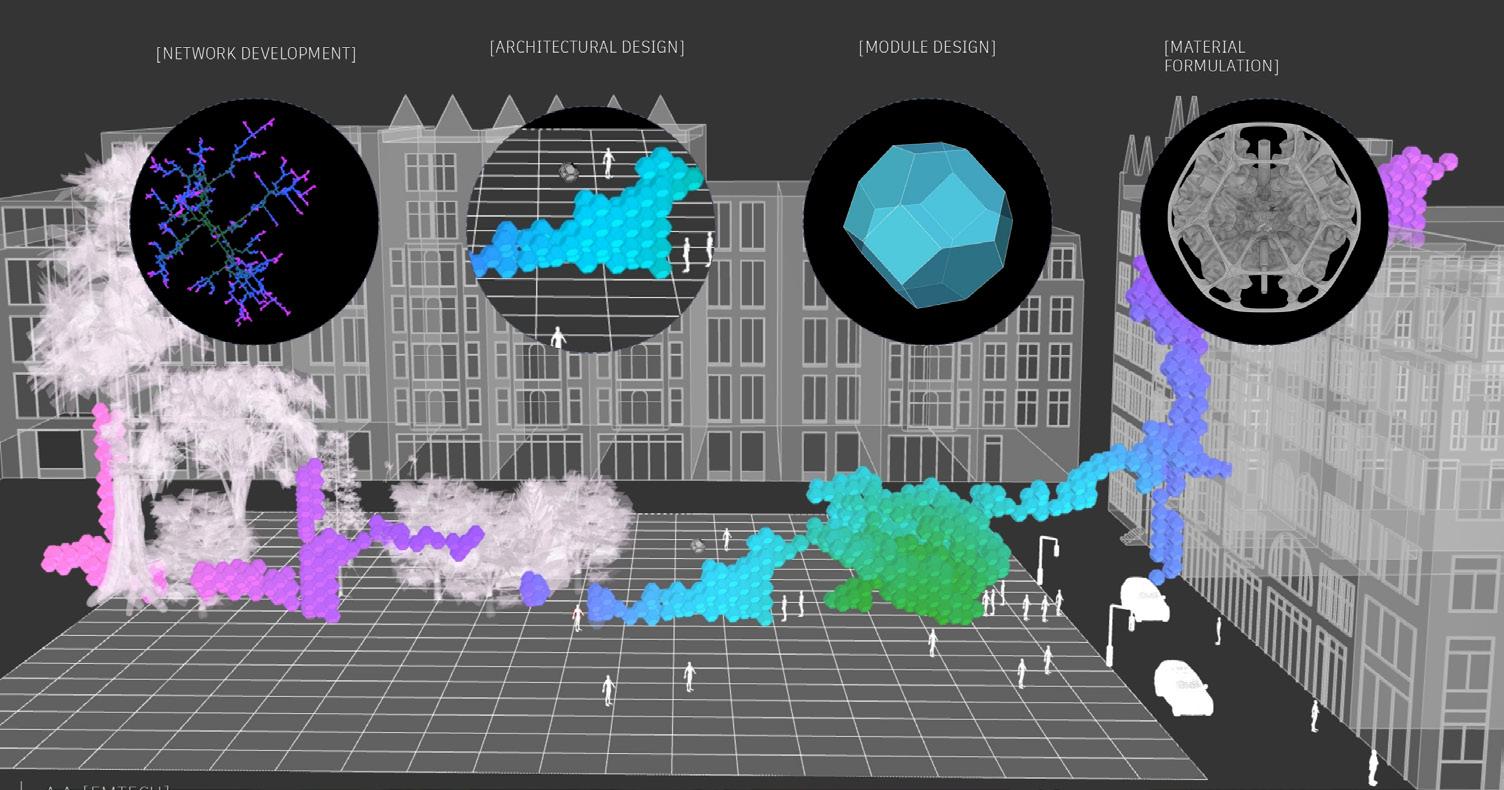
“The Diffusion Limited Aggregation (DLA) model developed by Witten and Sander in 1978 is useful in modeling a large class of growth phenomena with local dependence.”-Computer Physics Communications Volume 182, Issue 8, August 2011, Pages 1602-1605
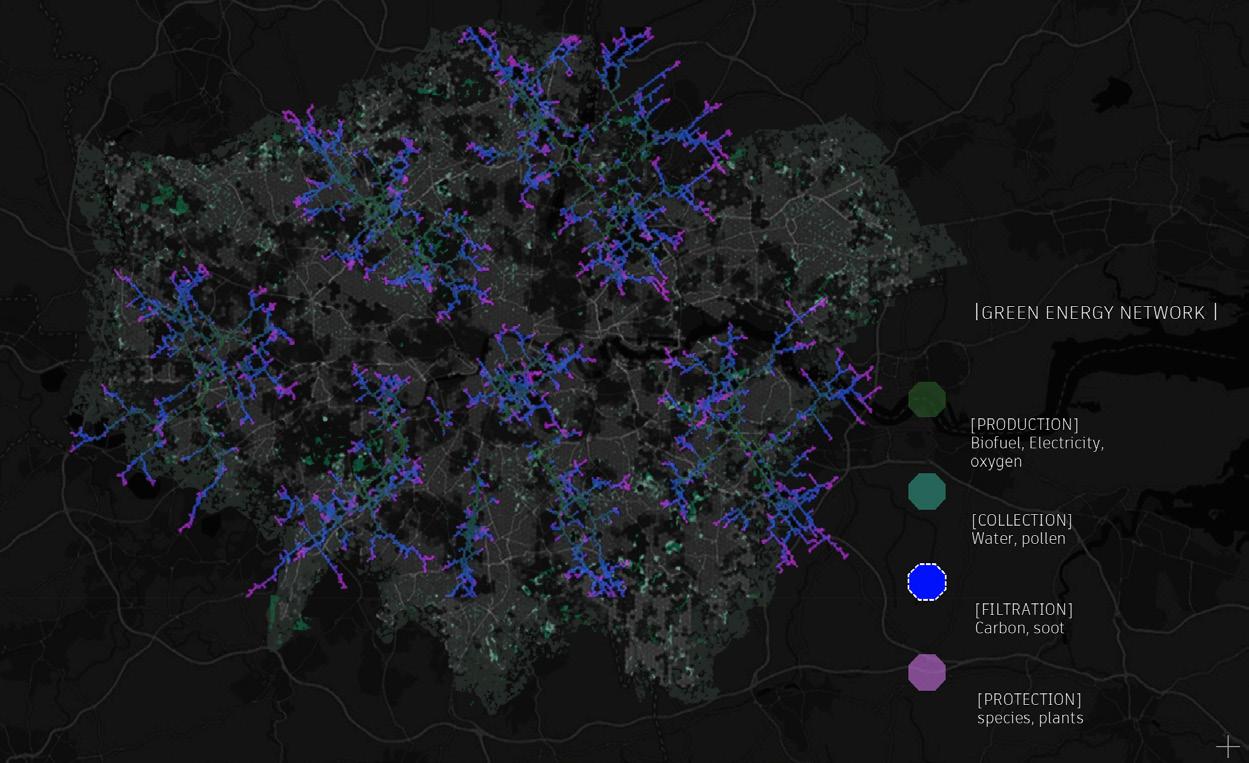
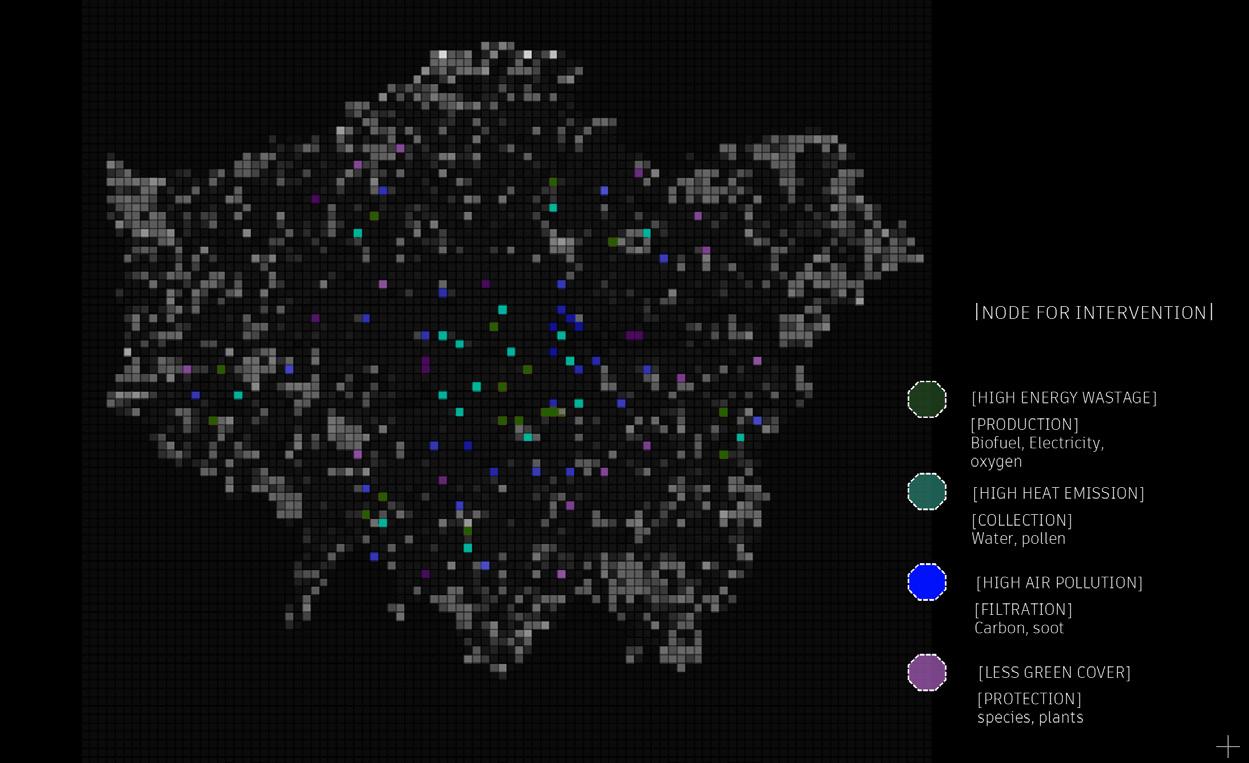
In order to develop the biomaterial for biobot a highly porous material was envisioned. Hence, Timber sponge was formulated. A biomaterial that adsorbs carbon through surface bond formation. A unique ratio of timber sawdust, yeast, cornstarch and water slurry when baked in the absence of oxygen leads to surface activation of timber. When soaked in water acts like a sponge. The high porosity also serves as facilators of microorganism growth, inducing green tissue growth, moss in this case to induce moss voltaics for the production of electricity. Prototype Silicone moulds were built for mass production. Further, robots were utilised to extrude the biobot morphology.


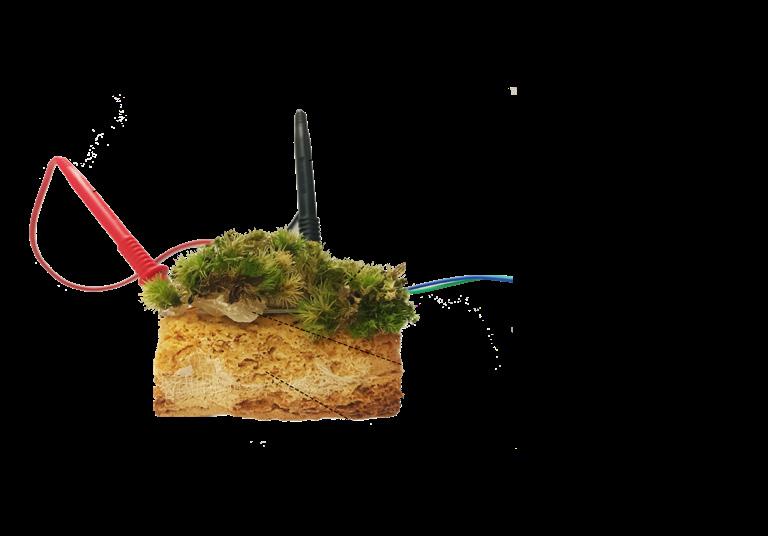


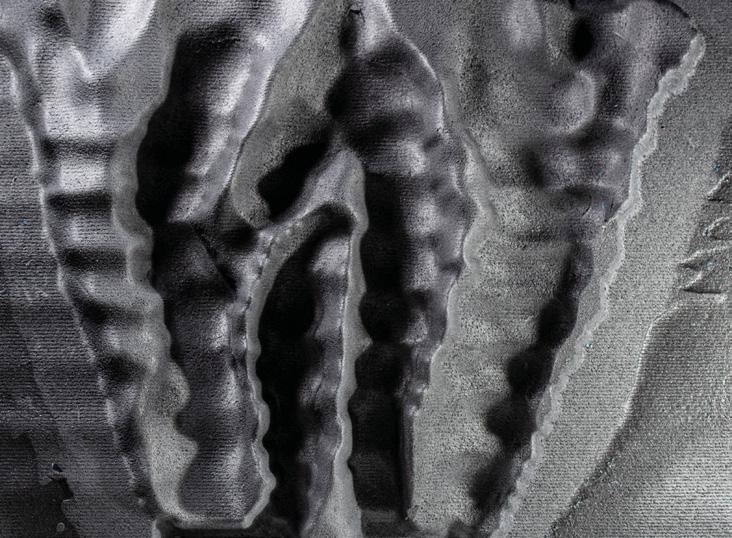
Biomaterial Samples created to formulate compositon ratio 3 Point Bending Test conducted to check structural strength for varying thickness of biomaterial brick



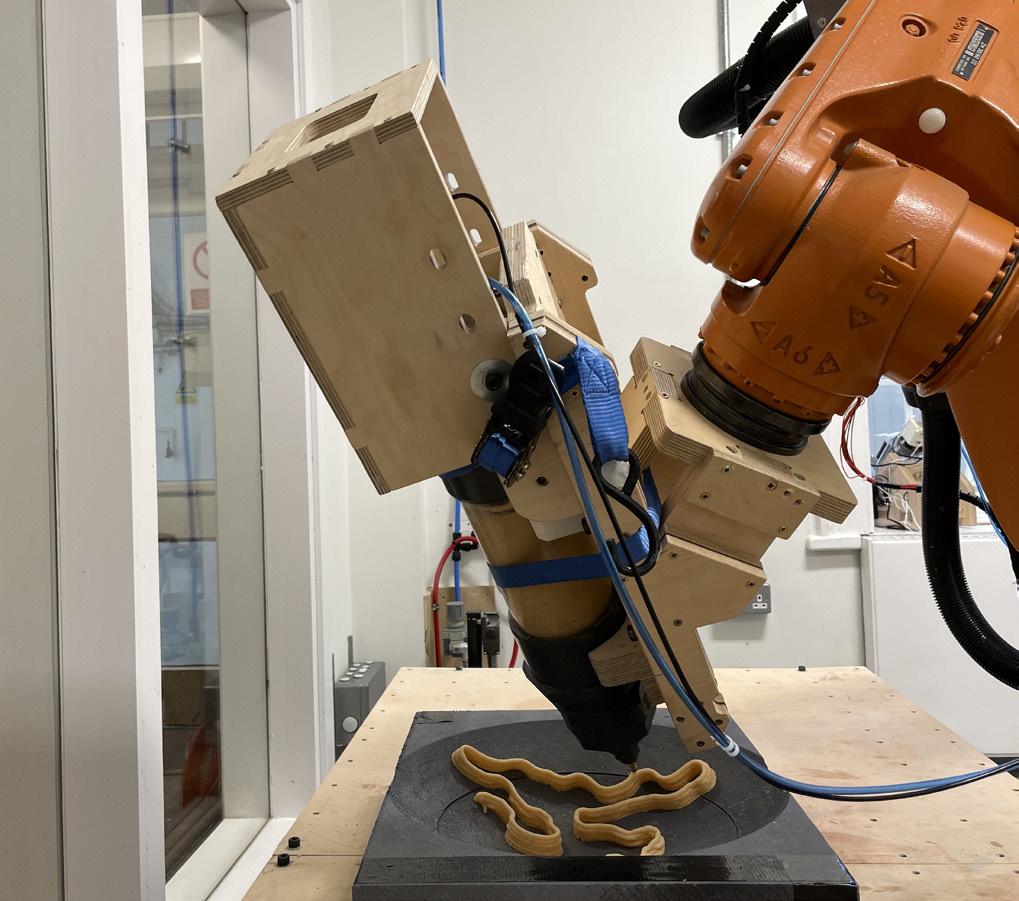
Sponge behaviour Tested recorded every hour after being soaked in water

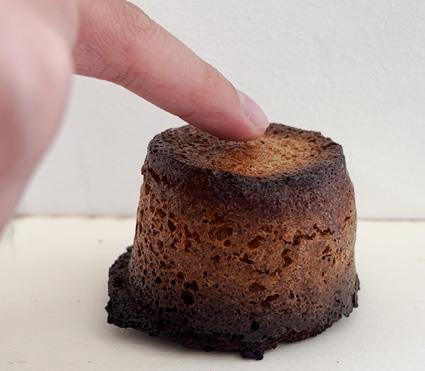



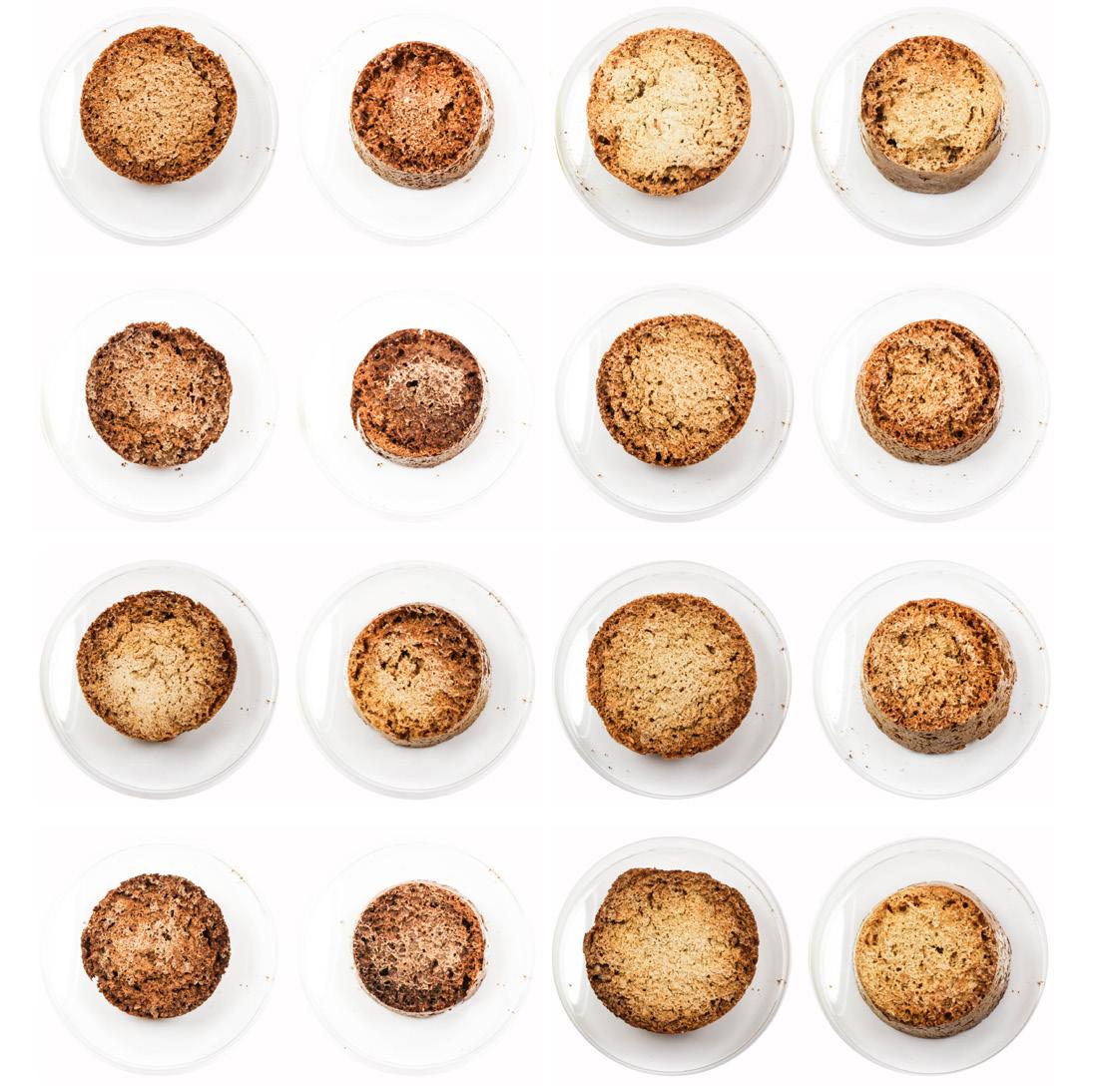
Arduino setup was constructed in the Bio_bots to induce real time environmental sensing and kinetic response.When actuated, Biobots moved towards region with more light and vice versa creating real time change in spatial configuration. The biobots can be further installed with heat and humidity sensors to create further response

Structural tests were conducted using Karamba 3D. Cantilever limitation was anticiapted as 4m.. Furthermore, physical model on 3:4 scale was created. Whereas maximum diameter of a unit biobot is 1m on real scale.

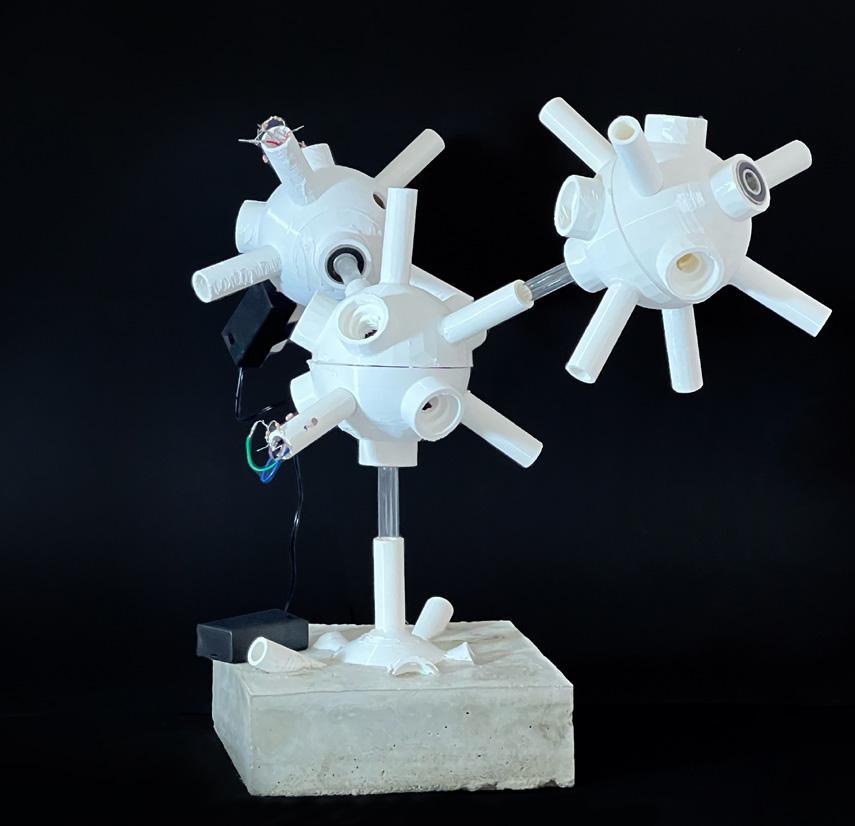

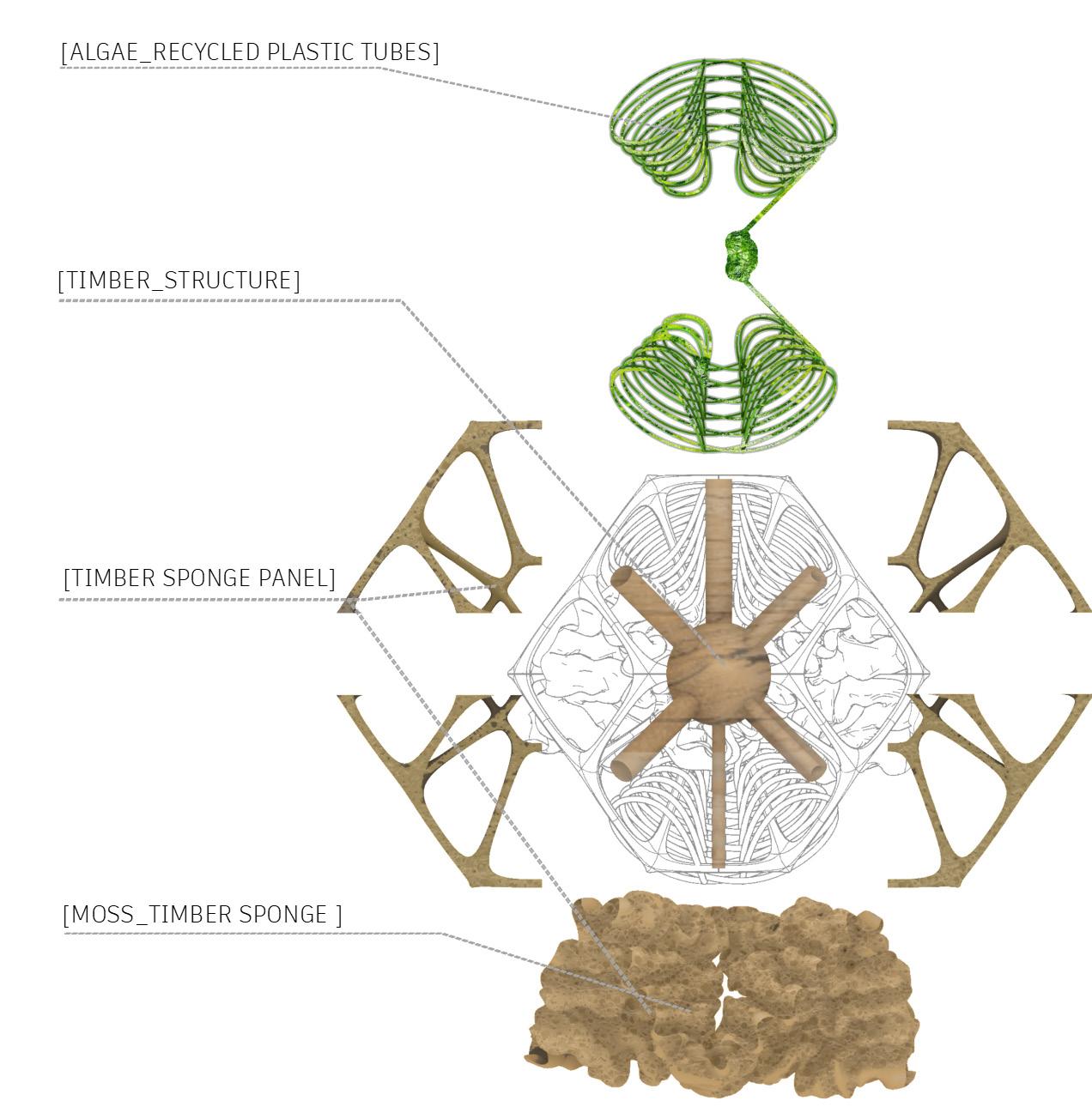
Materials utilised for the construction of different typologies of bio_bots based on their respective function

ALGA TERRA BOT -Surface Area to Volume ration Of Pipes for Algal fluid were maximised for maximum sun exposure.
FLORA BOT -Differential Growth Algorithm was utilised to generate manifold morphology for facilitation of plant and species growth
HYDRA TERRA BOT -Rain water simulation was utilised to direct maximum flow of rain water inside the water colection morphology.
Architectural sectional detail through Hydra Terra Bot, displaying Arduino Core, and materiality

TERRA BOT- Differential Growth Algorithm is utilised to generate a morphology with high volume to surface area ratio, for moss growth create morphology for pollen and
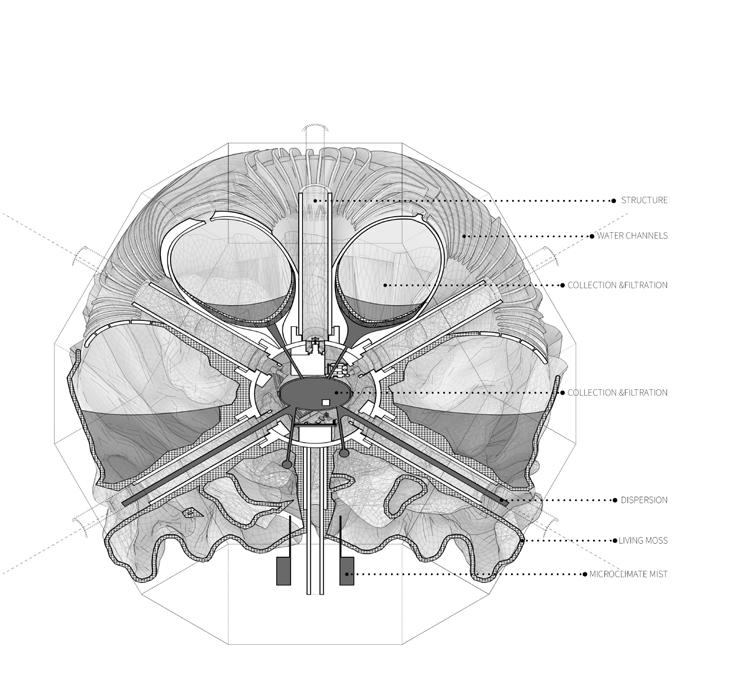

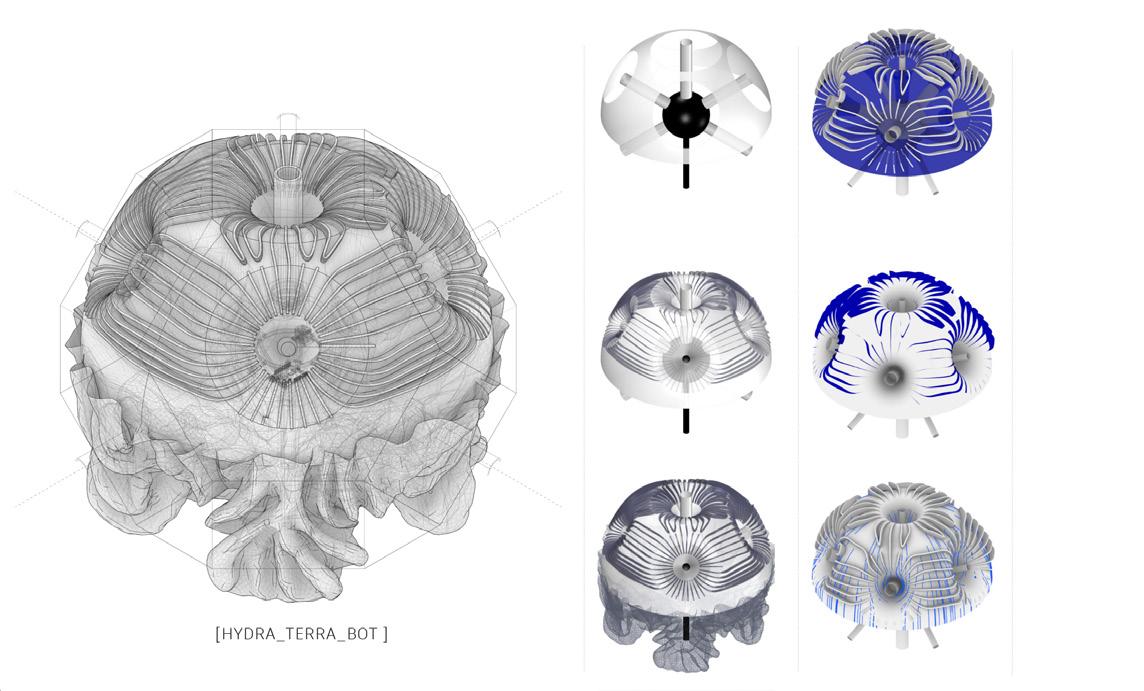


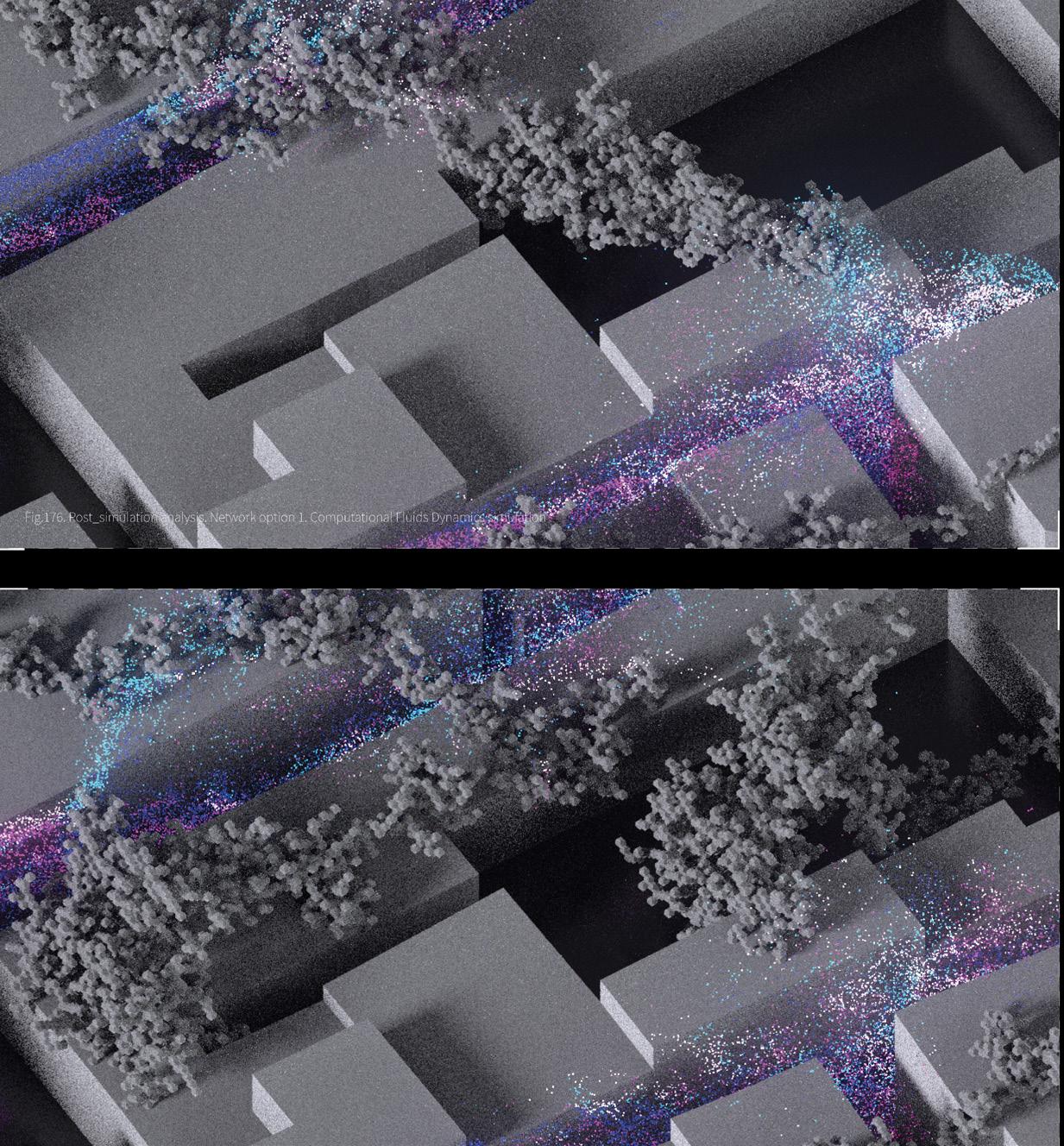
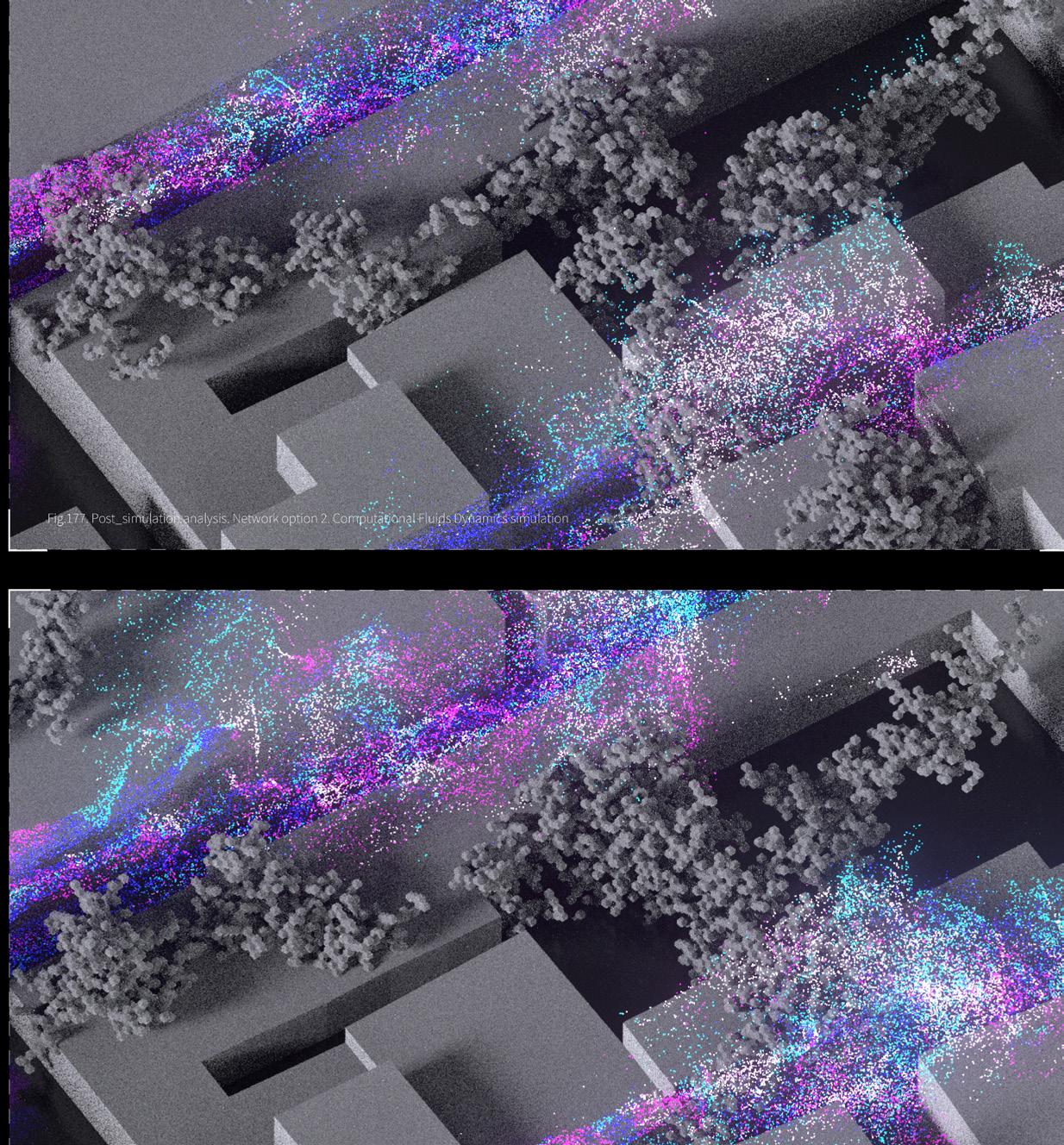
Partcicle simulation for Osmo_Bot. Optimisation for membrane openings informed by varying particle size for particle entrapment

Urban Environmental Scheme
STEP 1 : Identification of deteriorated Urban Nodes
STEP 2 : Employment of morphology Kit of Parts
STEP 3 : Public Digital Enrollment
STEP 4: Site Supply and Assembly
STEP 5 : Feedback Loop Notification and Participation
STEP 6: Maintainence and Relocation
Voxel Weighting
After the region of application is identified, the 3D spatial grid of the space is analysed for wind flow, sun exposure, proximity to green tissue, and pedestrian likeability. This imformation is input further for morphological development of biobot networks using Diffusion Limited Aggregation, to achieve the exact allocation of the biobot typology.
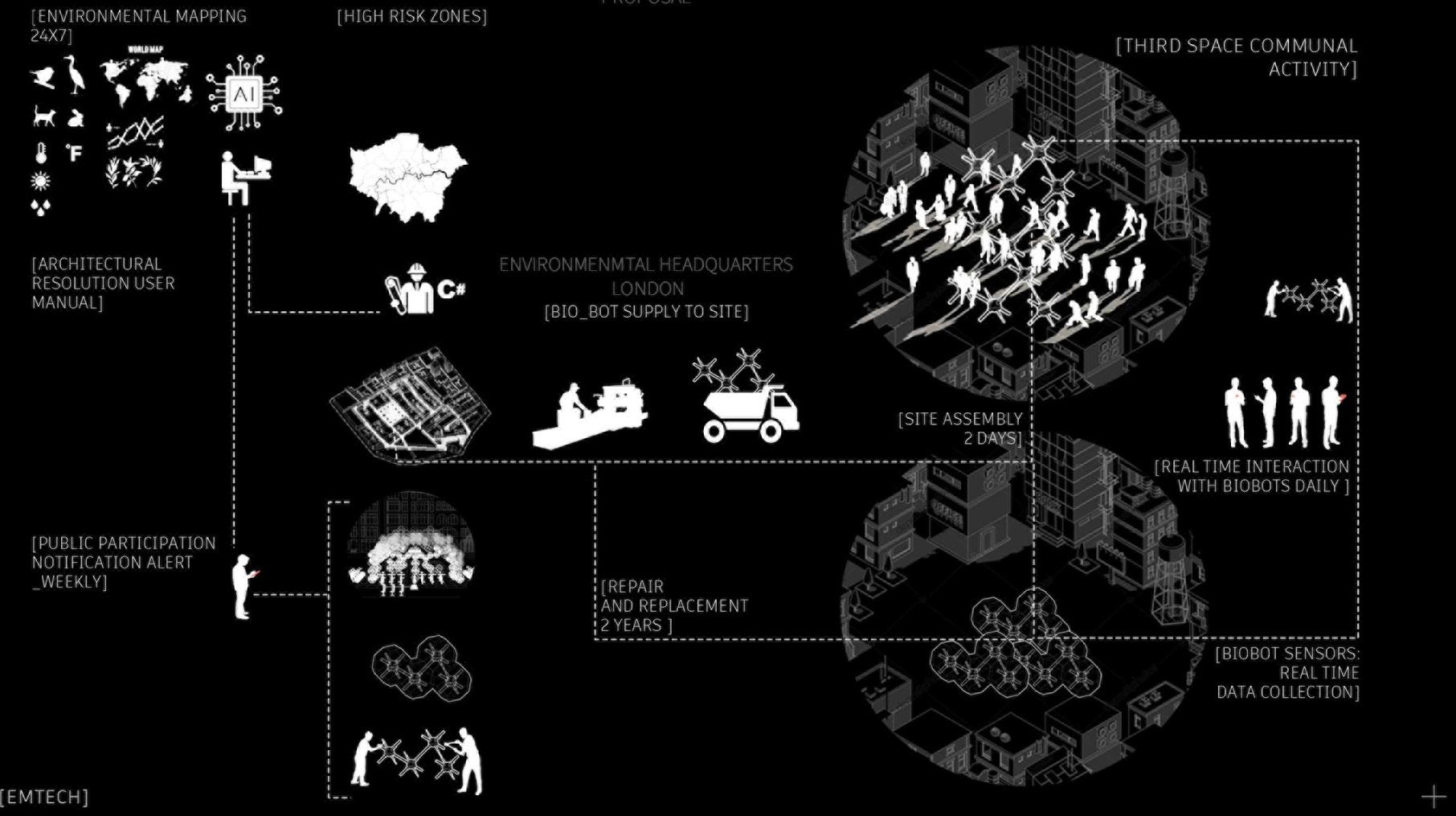

Diffusion Limited Aggregation
In order to run the Diffusio n Limited Aggregation for the generation biobot network environmental design goals were setup that is creating more shaded region(yellow), creating green tissue continuity(green), creating wind regulation(blue) and creating ground and facade attachments.(pink)

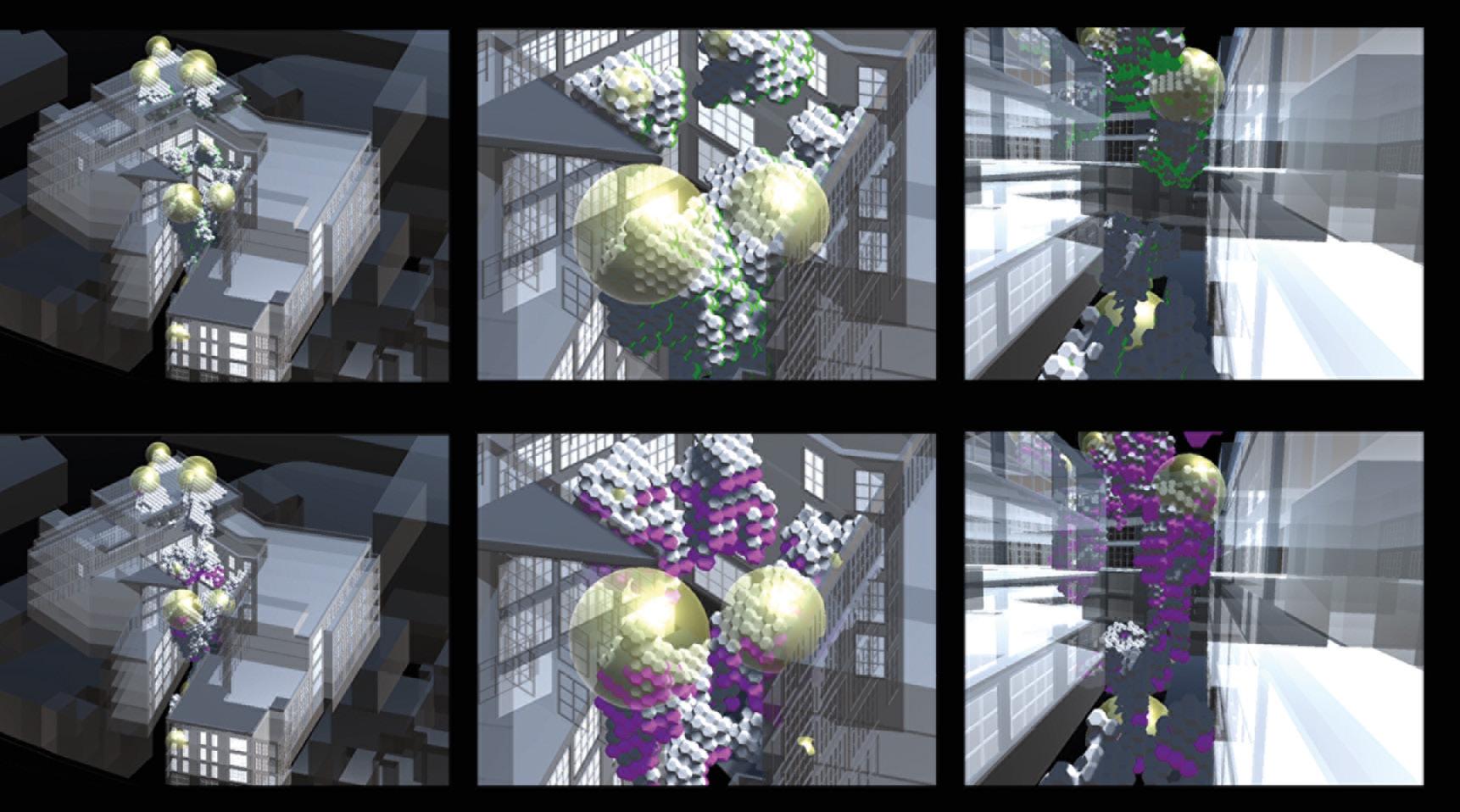
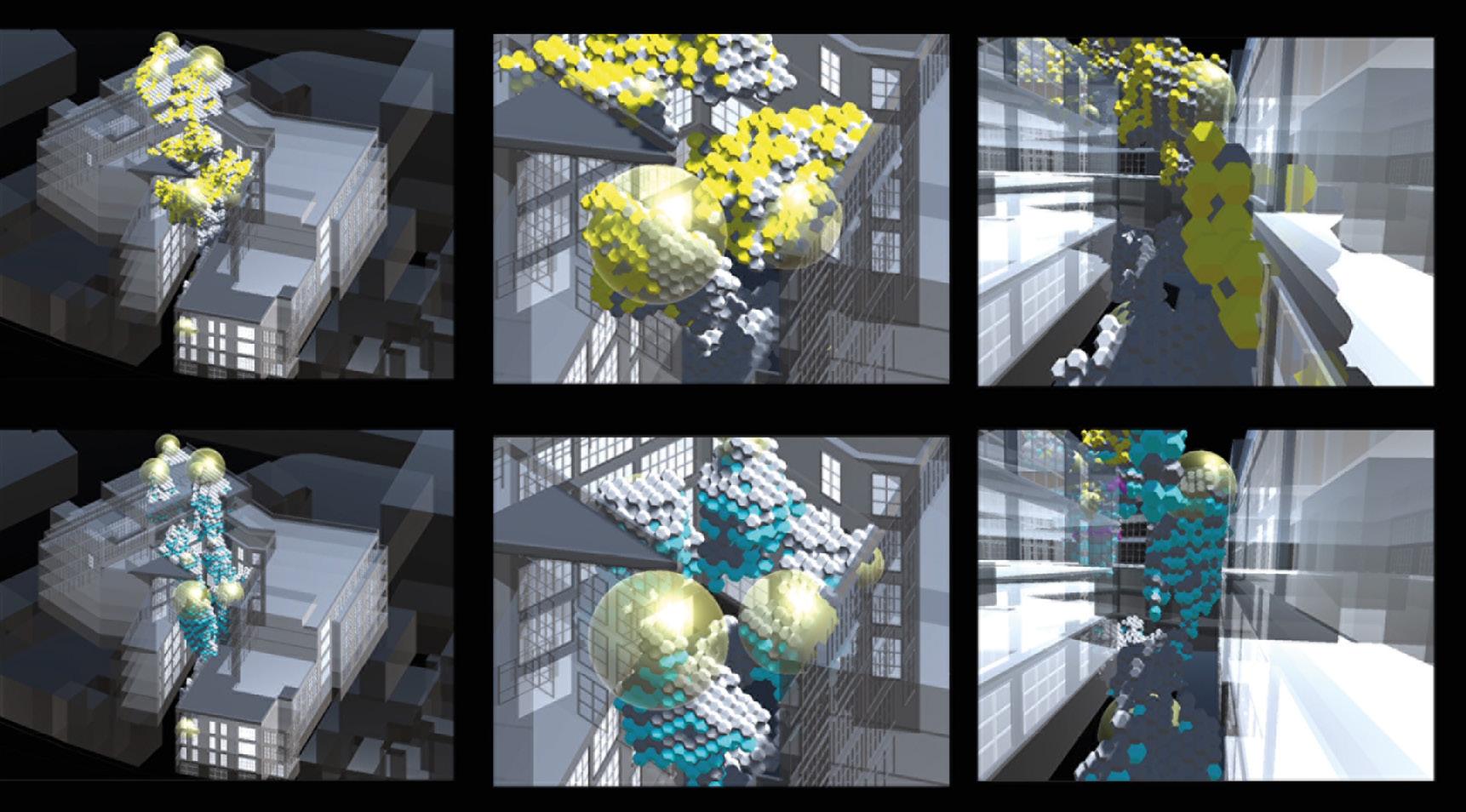
The success of fulfillment of these goals is outputted by the color assigned to the environmental goals directtly associated by the placement of bibots. The yellow biobots inidicate placement for Alga_ Terra bots for sunlight, green indictae placement for Terra bots for moss growth, Blue indicate placement of Osmo bots for pollen capture and pink indicate the placement of Flora bots for plant growth.
The environmental goals can be run singularly or together based on the environmental and contextual requirement. The design algorithm was run for Soho Square and a Hotel morphology in Soho to reduce the impact of heat emissions, regulate grey water, induce thermoregulation and production of biofuel and electricity for public vehicles and mobile phones.Indicated through mobile apps through sensor response generated by arduinos.

Input
Nature : Absorption of Co2
Machine : Alga Terra bots signal after every 2 hours for mechanical circulation of algal liquid to facilitate photosynthesis
Man: Open air Bicycle gymning for mechanical circulation of algal liquid.
Output
Nature : Production of O2
Machine: Artifical Intelligence
Man: Sociability, physical and mental well being
Machine : After 15 days Algal liquid is converted into Algal oil which can be further used for biofuel generation through mechanical energy generation, Alga Terra bots signal for mass cycling activity for 1 hour on weekends.
Man: Mass cycling for 1 hour (60 people cycling for 1 hour can generate electricity to light 200 homes),
Nature : Extreme Climatic Shifts
Machine: Realtime Arduino Sensing and Kinetic Response at local level
Man: Notification Alert for re-allocation and re -assembly of spatial configuration of biobots.
Eg: New Spatial Response on digital app, inorder to Increase sun exposure for living beings in winter season.
Nature : Production of O2
Machine: Production of Biofuel, Artifical Intelligence
Man: Sociability, physical and mental well being, economic viability
Nature : Extreme Climatic Shifts
Machine: Realtime Arduino sensing and Kinetic Response, at local level
Man: Notification Alert for re-allocation and assembly
Eg: Spatial Response to in order to create shade living beings in summer season


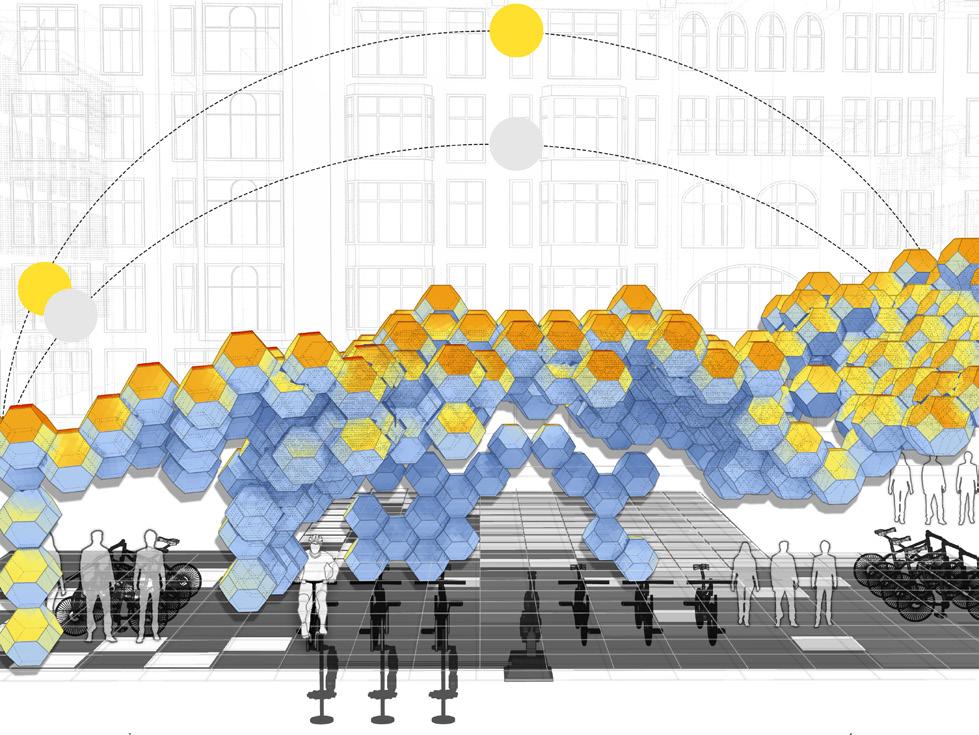
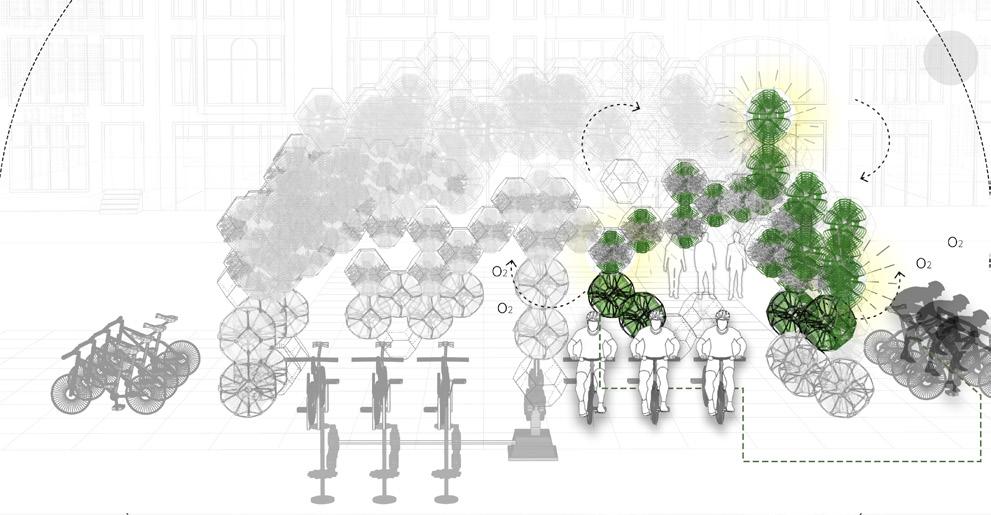
Nature : Production of O2
Machine: Artifical Intelligence
Man: Sense Of Awareness, thermal comfort
Nature : Production of O2,thermoregulation
Machine: Artifical Intelligence
Man: Sense Of Awareness, thermal comfort

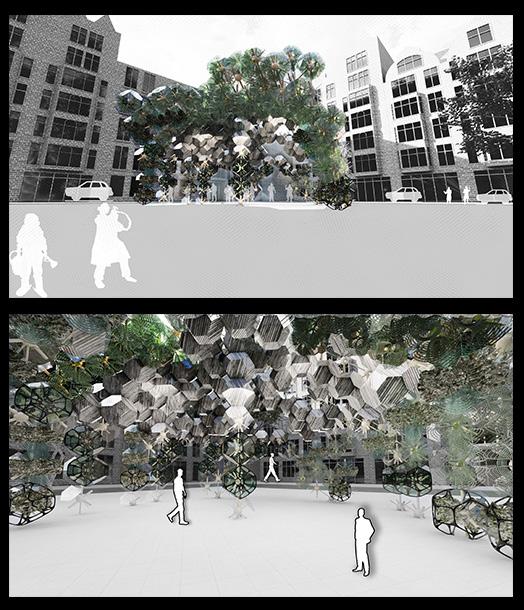

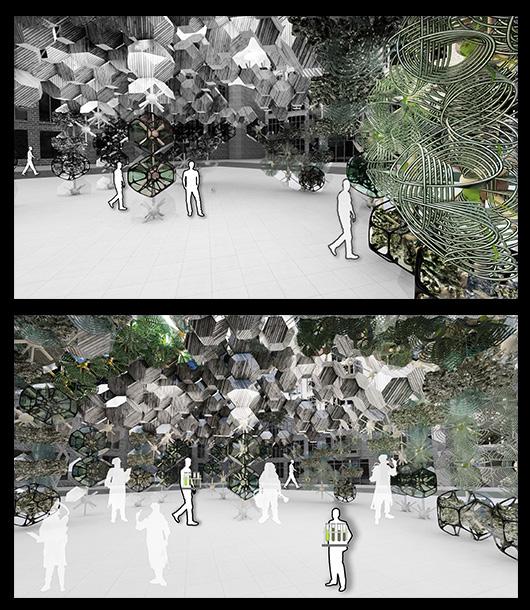

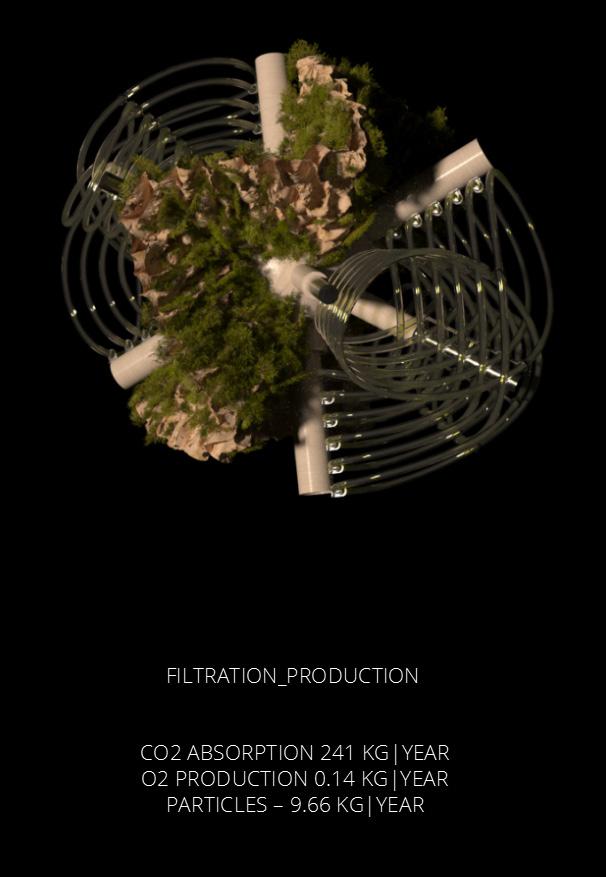


“We are heading towards climate collapse, led by systems and values that reward consumption and expansion, and thrive on inequality. But an alternative path is possible. There is not just one solution to the climate emergency, but multiple possible visions of a radically different world. A world that damaging systems have been disrupted”
-Our Time On Earth
“Evolutionary algorithm is widely used for generation of an output in the field of design and science. The algorithm is based on natural selection abiding by the rules of initialization, selection, genetic operators, and termination.”


